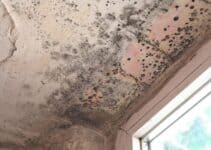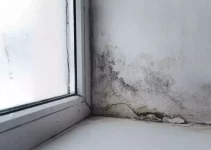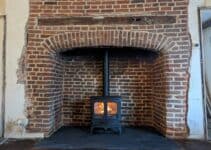When you think of thatched cottages, it’s fair to assume you imagine old buildings.
In the UK, therefore, it’s reasonable to ask, are all thatched cottages listed? Roughly 75% of all thatched cottages in the UK are listed buildings. This is mainly due to their age and, by extension, their historic significance. Any thatched cottages that aren’t listed are typically newer buildings rather than not being historically significant.
In this article, we’ll look at why thatched cottages are listed, what this actually means, and how it could affect you when living in one.

What is a Listed Building?
The most obvious place to start is by defining a listed building. In short, a listed building is one that’s registered with the National Heritage List because of its age and historical significance.
Every property in England built before 1700 is listed, and most built up until 1840 are, too.
Across the UK, there are roughly 400,000 listed buildings. These are divided into the following categories:
· Grade I: the highest grade, meaning they have the most importance. They make up around 2.5% of the total.
· Grade II*: buildings of importance more than interest, such as stately homes, city centre buildings, etc. They make up around 5.8% of the total.
· Grade II: the ‘lowest’ grade made up of buildings of special interest. This constitutes around 91.7% of all listed buildings.
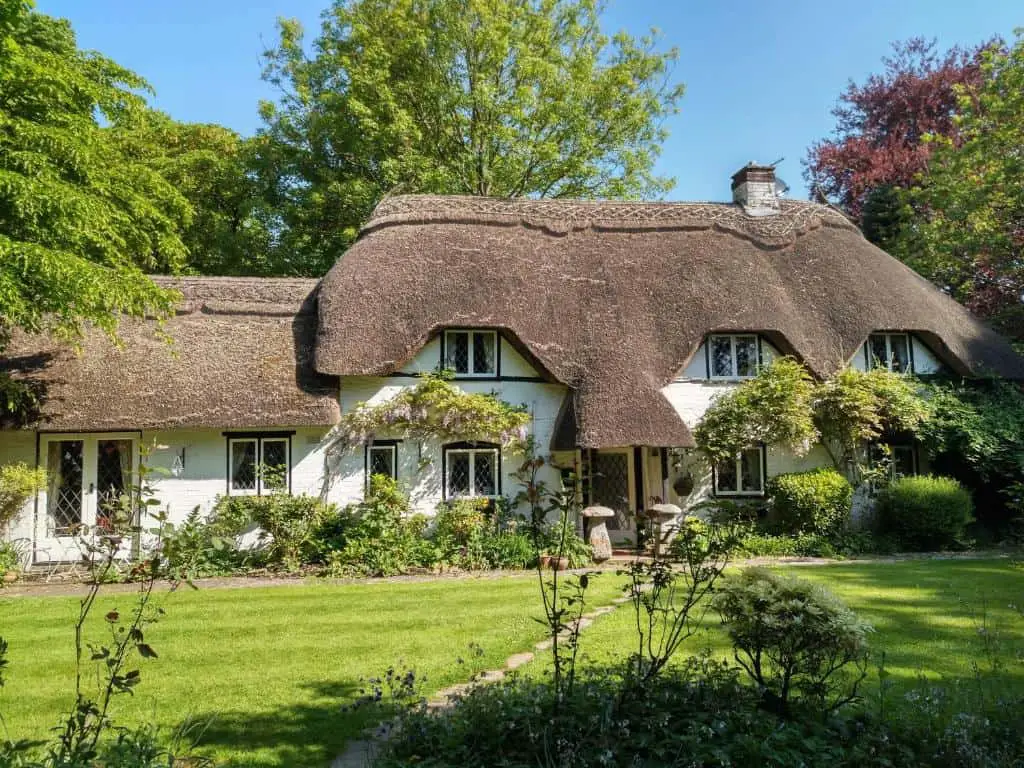
Checking if a Building is Listed
You’ll probably already know if you live in a listed building because it’s intentionally very obvious information. However, if you’d like to check whether a building is listed, you simply look on the National Heritage List. To do so, you need a keyword, postcode, or the building’s list number.
Grade 2 Listed Thatched Cottage
As mentioned, a grade 2 listed property is the lowest level. It means you have a bit more freedom with the property than those in grade 1 listed buildings, but there are still plenty of restrictions on what you can do.
First, it’s worth noting what the listing doesn’t cover:
· Later extensions (i.e., anything built after the building was listed)
· Other attached structures (such as a garage or storage building)
· Any buildings on the land built before 1948. The official term is curtilage.
This is just a guide, as the specifics will differ for every listed property. If you want to make any changes or want to know what’s covered, speak to your local planning authority first.
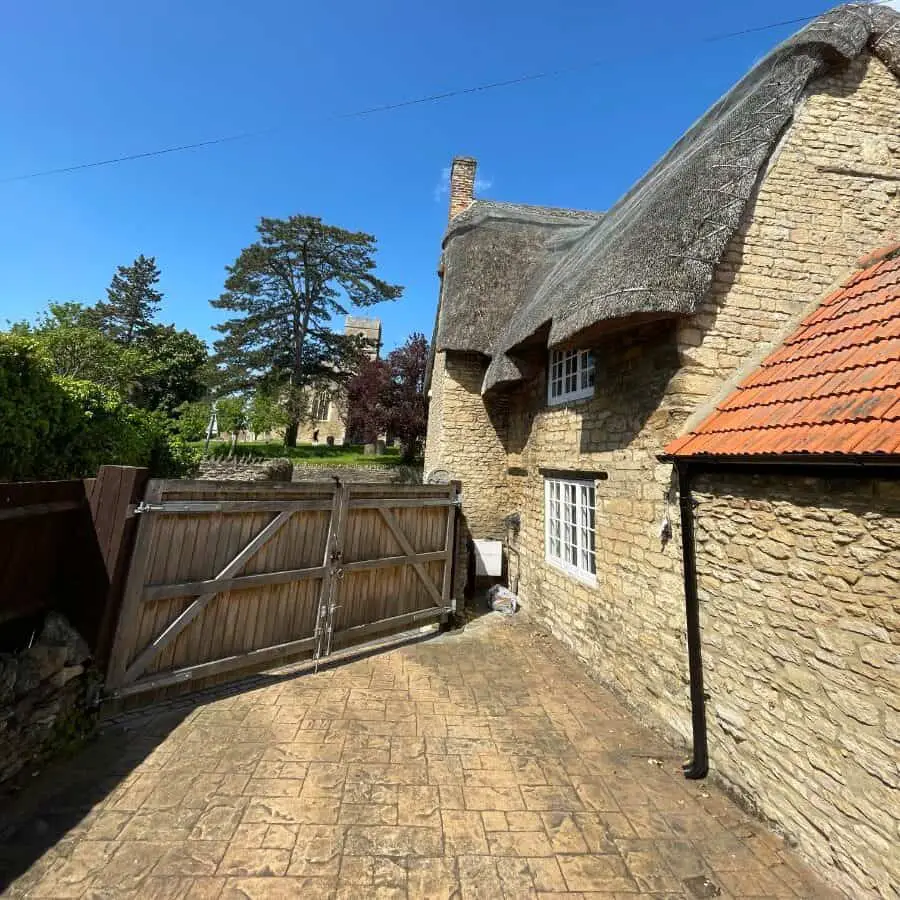
What Does Listing Prevent?
Living in a listed building means you need to be careful with what you do, how you do it, and who you employ. The general restriction is on changes that’ll impact the building’s appearance and historical significance.
Some examples include:
Removing existing features
This is a big one in grade 2 listed buildings. You’re strictly not allowed to remove original or existing features. These include fireplaces, windows, doors, etc. You might be able to change them slightly, but that’s not a guarantee.
The garden
Many grade 2 listed thatched cottages have pristine gardens, and for good reason. It’s not uncommon for the listing to cover aspects of the garden and surrounding land.
This could include anything from gates and trees to layouts and even plants growing up the cottage. Make sure you’re completely aware of what your listing covers.

Using the correct methods
Often, modern construction techniques are banned on grade 2 listed cottages. For example, you won’t be able to use concrete if the walls are lime mortar, and you’ll probably be restricted in what finishes or renders you can use.
The exact restrictions will depend on the listing details of the building. That said, it’s almost a blanket ban on using modern techniques and materials if it’ll impact the original structure in any way. Again, check with the planning office for details about your building.
Thatching
Now for the most important aspect: the thatching. Listed properties aren’t on the list simply because they’re thatched, but it’ll always be a significant part of their historical interest.
This means you’ll need to use the correct thatching method when the roof needs replacing. It’ll impact style and materials.
You might even have to use a thatcher recommended by the planning authority, but this’ll depend on the significance of your property.
Why are Thatched Cottages Listed?
The main reason thatched cottages are so commonly listed is that they’re old. There are more than 60,000 thatched properties in the UK, and 75% of these are either grade 1 or 2 listed.
For a thatched cottage to be listed, it needs to meet the criteria for being of special interest. This can mean a few things:
· Someone nationally important lived there
· It’s historically important
· There are ties to the local economic, social or cultural history
· There’s a military link
For thatched cottages, it’ll most often be an economic or cultural link. This could be that it was, for example, the cottage of a local figure such as a merchant.
Alternatively, it could be a prime example of a particular style of construction. Finally, it could be that the thatched cottage is simply nice to look at and exemplifies everything correct about the English countryside.
But on the flip side, why aren’t all thatched properties listed?
The simple answer is that it’s still a roofing technique used today on newer buildings. These have no reason to be listed because they don’t have any kind of cultural importance yet.
Thatched Properties
If you like the idea of living in a listed thatched property, it’s worth considering the responsibilities this involves. These include:
Constant Maintenance
Thatch alone requires maintenance, at least compared to tile roofs. You’ll get around 20 years out of a thatched roof, and it costs money to replace it every time.
The maintenance aspect is true of the rest of the building. Old properties look great, but they’re not without their needs. Replacing things that go wrong is more difficult than in a non-listed building.
It’s Restrictive
The list above is just an example of the sort of things you can’t do on a listed building. If you have your eye on one, make sure you have a complete survey done.
Also, consider speaking to someone in the local planning office well in advance with any ideas you might have. While they won’t give a conclusive answer, you should be able to get an idea of what’s allowed.
Finally, bear in mind that unauthorised changes to a listed building are a criminal offence. At best, the planning office will get you to reverse the changes.
At worst, you won’t be able to resell because you’ll be missing a Listed Building Consent form.
It’s Expensive
Unsurprisingly, all this adds up. Living in a listed thatched property is expensive compared to living in a non-listed building. Even the building insurance is more expensive than it would be elsewhere.
However, this isn’t to undersell thatched cottages. They’re popular and highly desirable, and for good reason.
The bottom line is to be pragmatic in your decisions and understand the level of responsibility living in a listed building requires.
Final Thoughts on Listed Thatched Cottages
The National Heritage List is arguably one of the most English things in existence. It’s hardly surprising, then, that thatched cottages feature quite heavily on the list.
Hopefully, you’ve now got a better idea of what being a listed building means and how it impacts living in one.
Don’t let it put you off, though, because listed thatched cottages will almost always be their own investment.
